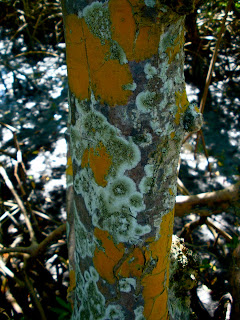
Hello Bloggin Ligers
So today we went to the Waste From Energy Plant. I like all the usefullness it brings to the community and also how it is recognized worldwide for its efforts in converting trash into usefl energy.
Mueller, our host, mentioned how the Plant has generated enough power to supply energy to Lee County but however; FPL has negated them to do so which makes me very upset and dissapointed in the system.Profit is the "P" word.
I guess a clean planet is not PROFITABLE enough. We should do our own research and contribute to the efforts to help our planet because it is profitable to us.
Reduce--> Reuse--> Recycle.
He also told us how there is more to it that we dont know and that is Recovery.
I enjoyed this trip and realized eventhough our country is not as "earth" motivated at least Europe is adapting this Plant system and hopefully we hop onboard soon.












 A Rabbit we saw
A Rabbit we saw









